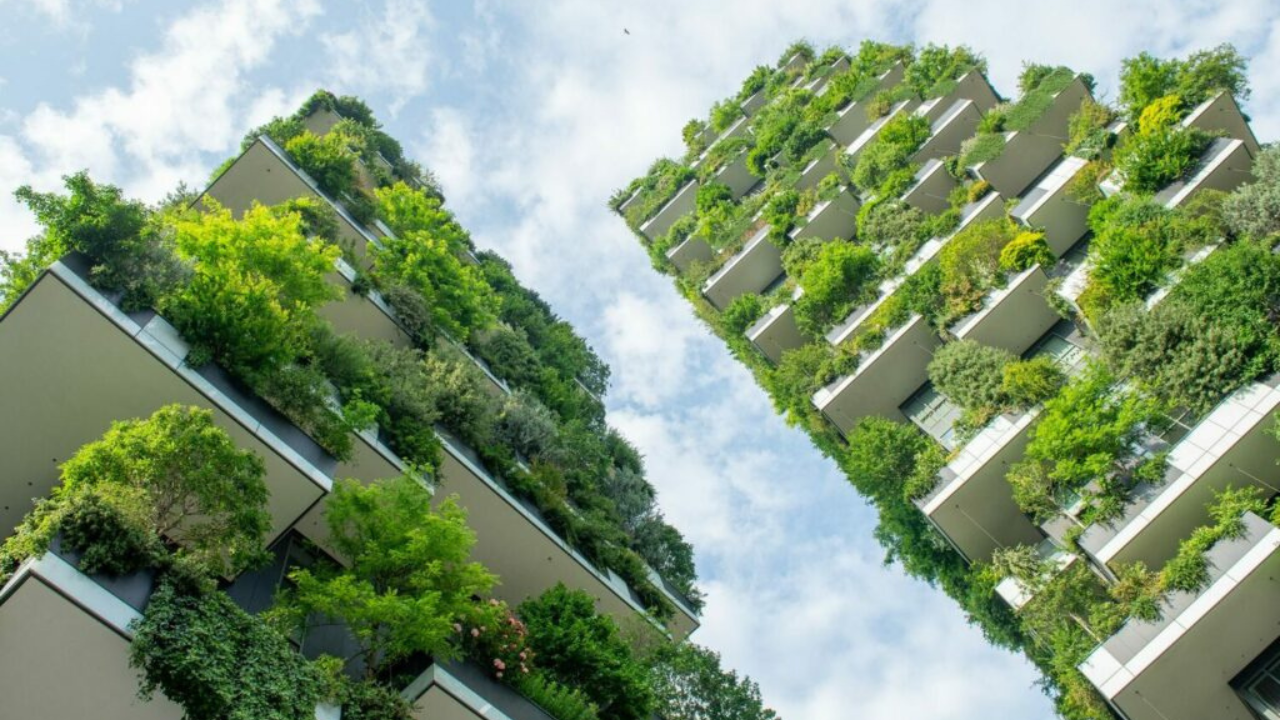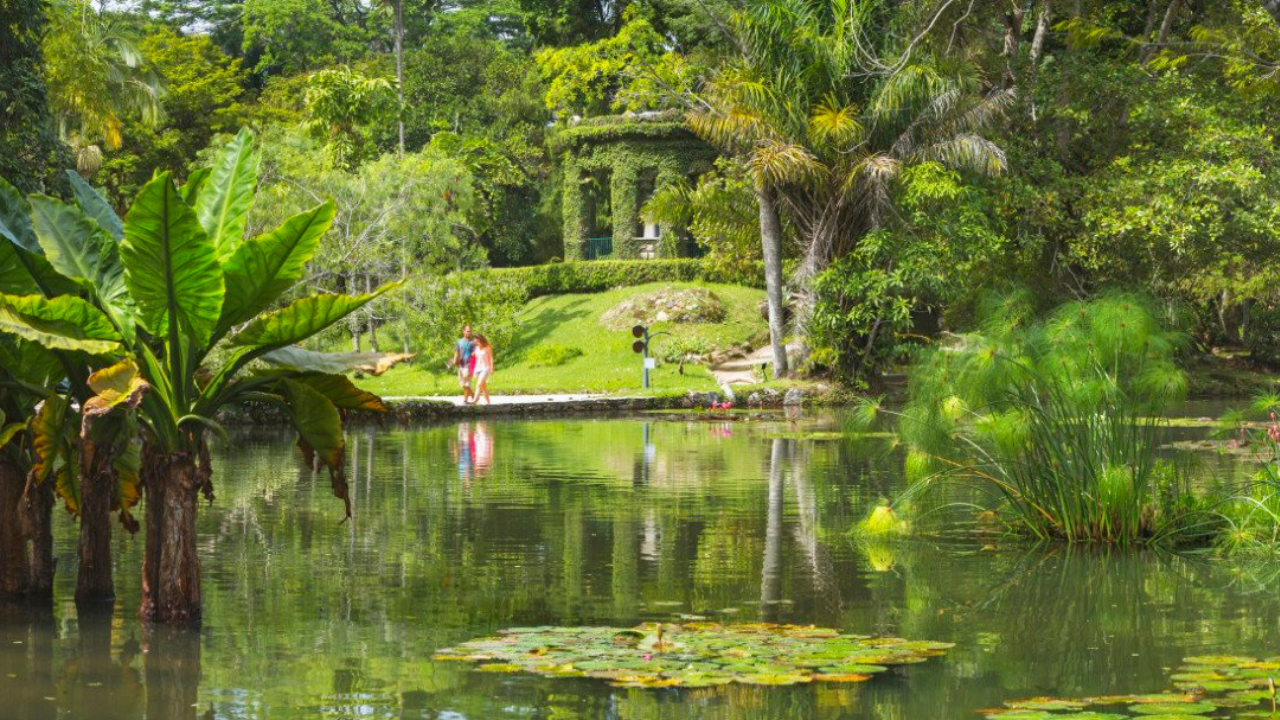
A Pathway to Facilitate Investments in Natural Infrastructure: A Comprehensive Guide
Introduction
In an era where environmental sustainability is no longer a choice but a necessity, the concept of natural infrastructure has gained significant traction. Natural infrastructure refers to the use of natural systems, such as forests, wetlands, and rivers, to provide essential services like water purification, flood control, and carbon sequestration. These ecosystems not only support biodiversity but also offer cost-effective solutions to many of the challenges posed by climate change. However, despite their immense value, natural infrastructure projects often struggle to attract the necessary investments. This article explores a pathway to facilitate investments in natural infrastructure, highlighting the benefits, challenges, and strategies to overcome barriers.
The Importance of Natural Infrastructure
Natural infrastructure plays a crucial role in maintaining ecological balance and providing essential services that are vital for human survival. Here are some key benefits:
- Climate Resilience: Natural ecosystems like forests and wetlands act as buffers against extreme weather events. For instance, mangroves protect coastal areas from storm surges, while forests reduce the risk of landslides.
- Water Management: Wetlands and forests play a critical role in water purification and regulation. They help maintain water quality by filtering pollutants and regulate water flow, reducing the risk of floods and droughts.
- Biodiversity Conservation: Natural infrastructure supports a wide range of plant and animal species, contributing to biodiversity conservation. This, in turn, supports ecosystem services like pollination, pest control, and soil fertility.
- Carbon Sequestration: Forests and other natural ecosystems act as carbon sinks, absorbing carbon dioxide from the atmosphere and helping mitigate climate change.
- Economic Benefits: Natural infrastructure can provide economic benefits through tourism, recreation, and sustainable resource use. For example, national parks and protected areas attract tourists, generating revenue for local communities.
Challenges in Investing in Natural Infrastructure
Despite the numerous benefits, investing in natural infrastructure is fraught with challenges:
- Lack of Awareness: Many investors and policymakers are unaware of the value of natural infrastructure and the returns it can generate.
- High Initial Costs: The initial costs of restoring or conserving natural ecosystems can be high, deterring potential investors.
- Long Payback Periods: The benefits of natural infrastructure often accrue over the long term, making it less attractive to investors seeking quick returns.
- Complex Valuation: Valuing the benefits provided by natural infrastructure is complex, as these benefits are often intangible and not easily quantifiable.
- Regulatory Barriers: In some cases, regulatory frameworks may not support investments in natural infrastructure, creating additional hurdles.
A Pathway to Facilitate Investments in Natural Infrastructure
To overcome these challenges and facilitate investments in natural infrastructure, a multi-faceted approach is required. Here are some key strategies:
- Raising Awareness and Building Capacity
- Education and Outreach: Conduct awareness campaigns to educate investors, policymakers, and the general public about the value of natural infrastructure. Highlight successful case studies and the tangible benefits these projects have delivered.
- Capacity Building: Provide training and resources to stakeholders, including local communities, to build their capacity to participate in natural infrastructure projects. This includes technical training in ecosystem restoration and sustainable resource management.
- Developing Innovative Financing Mechanisms
- Green Bonds: Encourage the issuance of green bonds to raise capital for natural infrastructure projects. Green bonds are fixed-income instruments specifically earmarked for environmental projects.
- Payment for Ecosystem Services (PES): Implement PES schemes where beneficiaries of ecosystem services, such as water utilities or tourism operators, pay for the maintenance and restoration of natural infrastructure.
- Blended Finance: Use blended finance models that combine public and private funding to de-risk investments in natural infrastructure. Public funds can be used to cover initial costs, while private investors can be attracted by the potential for long-term returns.
- Creating Supportive Policy Frameworks
- Incentives and Subsidies: Provide financial incentives, such as tax breaks or subsidies, to encourage investments in natural infrastructure. This can help offset the high initial costs and make projects more attractive to investors.
- Regulatory Reforms: Streamline regulatory processes to facilitate the implementation of natural infrastructure projects. This includes simplifying permitting processes and ensuring that regulations support, rather than hinder, investments in natural infrastructure.
- Enhancing Collaboration and Partnerships
- Public-Private Partnerships (PPPs): Foster collaboration between the public and private sectors through PPPs. These partnerships can leverage the strengths of both sectors, with the public sector providing regulatory support and the private sector bringing in investment and innovation.
- Community Engagement: Involve local communities in the planning and implementation of natural infrastructure projects. This not only ensures that projects are tailored to local needs but also builds community support and ownership.
- Leveraging Technology and Innovation
- Remote Sensing and GIS: Use remote sensing and Geographic Information Systems (GIS) to monitor and manage natural infrastructure projects. These technologies can provide real-time data on ecosystem health and help optimize resource allocation.
- Blockchain for Transparency: Implement blockchain technology to enhance transparency and accountability in natural infrastructure projects. Blockchain can be used to track funding, monitor project progress, and ensure that benefits are distributed fairly.
- Measuring and Communicating Impact
- Impact Assessment: Develop robust methodologies for assessing the impact of natural infrastructure projects. This includes quantifying the environmental, social, and economic benefits generated by these projects.
- Reporting and Communication: Regularly report on the progress and impact of natural infrastructure projects to stakeholders. Use clear and compelling communication to demonstrate the value of these investments and build support for future projects.
Case Studies: Successful Investments in Natural Infrastructure
- The New York City Watershed Agreement
- Background: In the 1990s, New York City faced the challenge of ensuring a clean and reliable water supply for its residents. Instead of building a costly water filtration plant, the city opted to invest in the conservation of its upstream watershed.
- Investment Strategy: The city invested $1.5 billion in land acquisition, conservation easements, and sustainable farming practices in the Catskill/Delaware watershed. This natural infrastructure approach provided water purification services at a fraction of the cost of a filtration plant.
- Outcome: The investment not only ensured a clean water supply but also provided additional benefits, such as flood control, carbon sequestration, and biodiversity conservation.
- The Great Green Wall Initiative
- Background: The Great Green Wall is an ambitious initiative to combat desertification in the Sahel region of Africa. The project aims to restore degraded land and create a mosaic of green and productive landscapes across the region.
- Investment Strategy: The initiative has attracted funding from multiple sources, including international donors, governments, and private investors. Investments are directed towards tree planting, sustainable land management, and community-based conservation projects.
- Outcome: The Great Green Wall has not only restored degraded land but also provided economic opportunities for local communities, improved food security, and enhanced resilience to climate change.

Conclusion
Investing in natural infrastructure is not just an environmental imperative but also a smart economic decision. By leveraging the power of natural ecosystems, we can address some of the most pressing challenges of our time, from climate change to water scarcity. However, to unlock the full potential of natural infrastructure, we need to overcome the barriers to investment and create an enabling environment that supports these projects.
The pathway to facilitating investments in natural infrastructure involves raising awareness, developing innovative financing mechanisms, creating supportive policy frameworks, enhancing collaboration, leveraging technology, and measuring impact. By adopting a multi-faceted approach, we can attract the necessary investments and ensure the long-term sustainability of our natural ecosystems.
As we move forward, it is crucial to recognize that natural infrastructure is not a luxury but a necessity. The benefits it provides are essential for our survival and well-being. By investing in natural infrastructure, we are not only protecting the environment but also securing a sustainable future for generations to come.
Categories: Forest Conservation, Blog, Woodland Exploration, Wildlife Spotting, Nature Photography, Seasonal Woodland Activities, Tree & Plant Identification, Camping in Woodlands, Fitness & Wellness.
-

Peru Approves New Innovative Environmental Policies: A Step Forward for Forest Conservation and Woodland Exploration
-

The Legal Structure for Biodiversity Benefits-Sharing Already Exists in Brazil: Here’s How It Can Serve Communities
-

China and Brazil’s Joint Commitment to End Illegal Deforestation: Implications for EU, UK, and US Importers
-

FT Fellows: Helping Forest Trends Stay Global and Nimble Since 2000
-

The Return of REDD+ Signals Good News from Bonn: A Renewed Hope for Forest Conservation
-

Forests Can Help Bridge Pre-2020 Climate Action Gap: A Call to Nature’s Power
-

Forests Win Big in the Paris Agreement: A Triumph for Nature and Humanity
-

Bonn Climate Talks Make Progress: REDD+ Emerges as the Big Winner in June 2015
-

Andenes y Terrazas: Ingeniería Andina al Servicio del Agua y los Suelos
-

Our Priorities for 2021: A Roadmap for Sustainable Growth and Impact

Leave a Reply